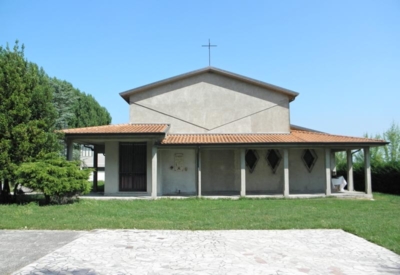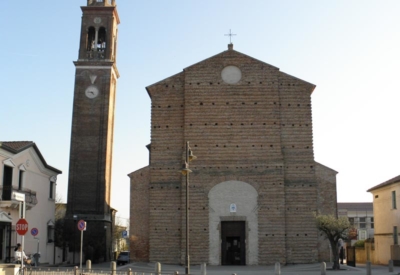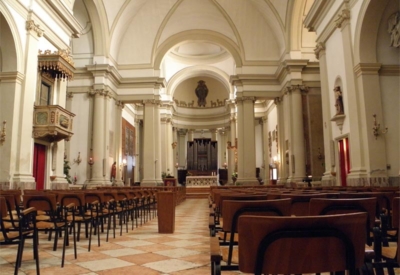VILLADOSE
Villadose, crossed by the Adigetto river, which divides the little town into two, is located in the middle eastern part of Polesine. As well as the Adigetto, the territory is crossed to the north by the Bresega drainage channel and to the south by the Valdentro drainage channel.
The town dates back to Roman times and is located a few kilometres from the Etruscan port of Adria. It was a crossroads for those who had to travel inland from the port. When the Roman Empire ended, there followed a period of great hydraulic instability and depopulation.
The earliest documents where the name of the town appears for the first time as “Villa Ducis” date back to the beginning of the 13th century. In 1484, after the end of the bloody salt war between Venice and Ferrara which almost destroyed the town, Villadose passed from Este to Venetian rule where it remained until the fall of the Republic in 1797. Land reclamation works were carried out at that time and several villas were built along the Adigetto River that still bear the names of noble Venetian families. The mark of the Este family can be seen in the town hall, called Ca’ Patella, where the ground floor windows are in Ferrarese style and those on the upper floors in Venetian style.
Shortly after the unification of Italy, many people emigrated from Villadose to South America, due to more flooding that followed the Polesine flood of 17th September 1882 and the agricultural crisis.
After the 1951 flood, a new migration phase began, mainly towards the industrial triangle.
Worth Visiting
The Church of San Leonardo (18th-19th century)
The Oratory of Cambio, in the hamlet of the same name
Ca’ Patella (17th century), also known as “del Doge”, the current home of the municipality located in the centre of the Polesine town
Ca’ Tron (14th century), located on the border with the municipality of Adria and the oldest building in the town area
The Suman farm building




